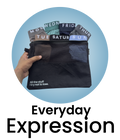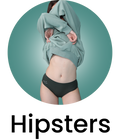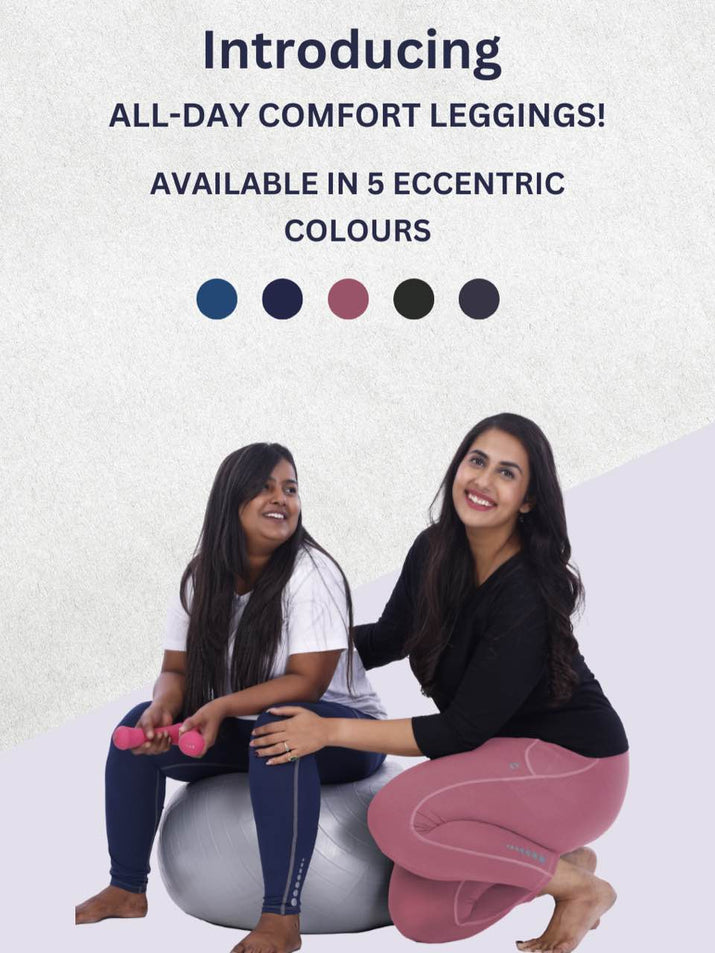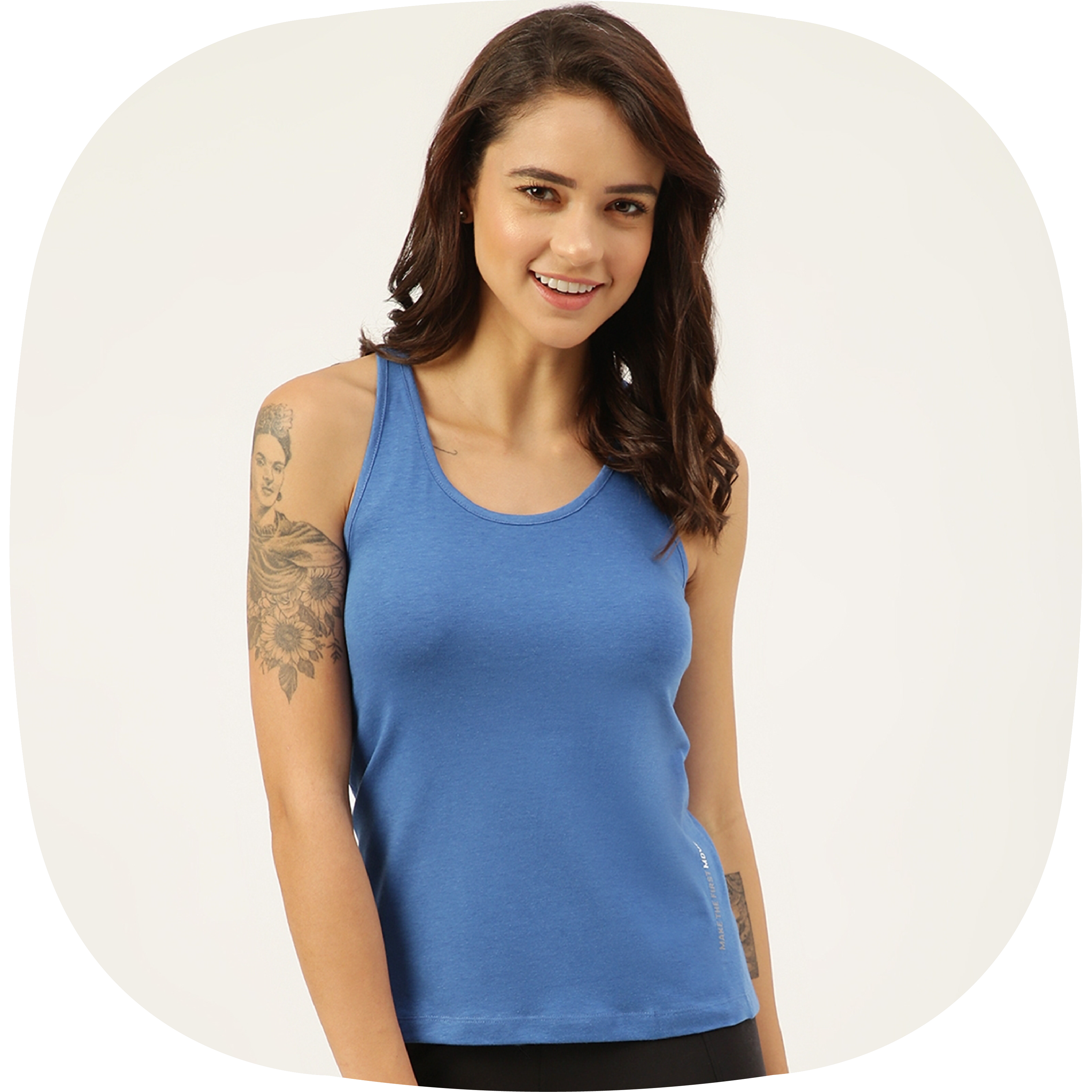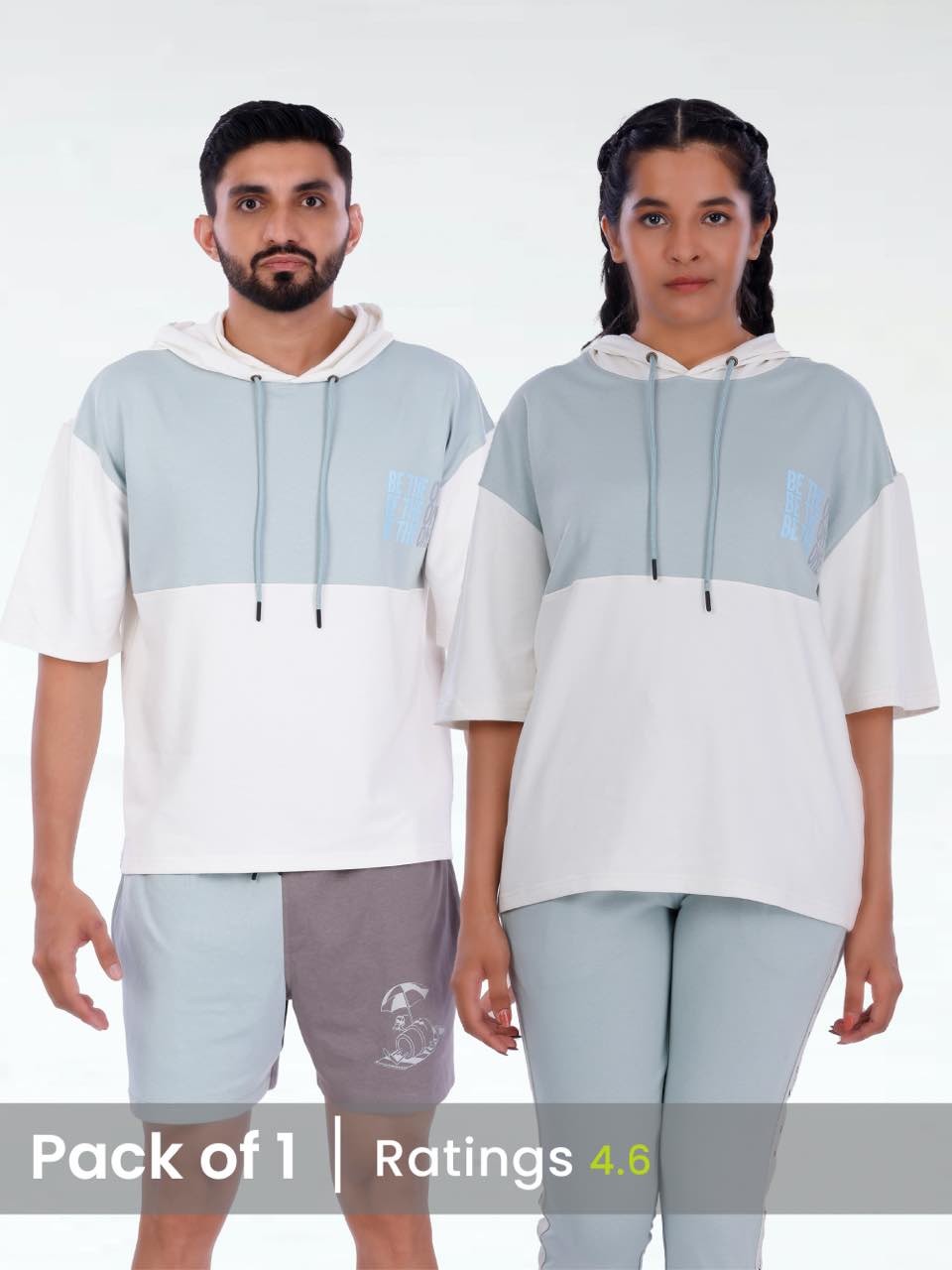Forget everything you think you know about leggings. We're not just talking about athleisure wear anymore; the modern woman demands both unparalleled comfort and a silhouette that empowers. Recent advancements in fabric technology, particularly in moisture-wicking and four-way stretch materials, have unlocked a new era of performance and fit. But navigating the sheer volume of options can be overwhelming. This exploration will guide you through key considerations, from understanding denier and GSM to identifying the ideal compression level for your specific needs. We'll delve into the nuances of waistband design, seam construction. Gusset technology, empowering you to select leggings that seamlessly blend functionality with a confidence-boosting fit.

The Fabric of Comfort: Understanding Legging Materials
The key to a great pair of leggings lies in the fabric. It determines the level of comfort, durability. Even how flattering they look. Let's break down some of the most common materials used in women's leggings:
- Polyester: A synthetic fiber known for its durability, wrinkle resistance. Affordability. Polyester leggings are great for workouts as they wick away moisture.
- Spandex (also known as Lycra or Elastane): This is the magic ingredient that gives leggings their stretch and shape retention. Spandex is almost always blended with other fibers.
- Nylon: Another synthetic fiber, nylon is known for its strength, smoothness. Resistance to abrasion. Nylon leggings often have a luxurious feel.
- Cotton: Natural and breathable, cotton leggings are comfortable for everyday wear. But, they tend to lose their shape and aren't ideal for high-intensity activities.
- Blends: Often, leggings are made from a blend of these materials to combine the best qualities of each. For example, a polyester-spandex blend offers durability, stretch. Moisture-wicking properties.
The percentage of each fiber in the blend significantly impacts the legging's performance. Higher spandex content typically means more stretch and compression, while higher polyester content can improve durability.
Decoding the Terminology: Opaque vs. Sheer, Compression vs. Non-Compression
Navigating the world of leggings involves understanding a few key terms. Here's a breakdown:
- Opaque: Opaque leggings are not see-through, even when stretched. This is crucial for avoiding wardrobe malfunctions! The opacity depends on the fabric density and color.
- Sheer: Sheer leggings are intentionally see-through or have a translucent quality. These are often used as a fashion statement or layering piece.
- Compression: Compression leggings are designed to provide support and improve circulation. They apply gentle pressure to the legs, which can reduce muscle fatigue and improve recovery after workouts.
- Non-Compression: These leggings offer a more relaxed fit and don't provide the same level of support as compression leggings. They're ideal for everyday wear and lounging.
The Rise and Its Role: Finding Your Perfect Waistband
The "rise" of leggings refers to the height of the waistband. The rise significantly impacts both comfort and how flattering the leggings are. Here's a look at the common types:
- High-Waisted: These leggings sit at or above the natural waistline. They offer excellent tummy control, create a smooth silhouette. Are very popular.
- Mid-Rise: Mid-rise leggings sit a few inches below the natural waistline. They offer a balance between coverage and comfort.
- Low-Rise: These leggings sit low on the hips. They are less common now as high-waisted styles are more in vogue.
Choosing the right rise is a matter of personal preference and body type. High-waisted leggings are generally flattering on most body types, while mid-rise leggings can be a good option for those with shorter torsos.
Seams and Stitching: Construction Details That Matter
The construction of leggings, including the seams and stitching, plays a vital role in their comfort, durability. Appearance. Here's what to look for:
- Flatlock Seams: These seams lie flat against the skin, reducing chafing and irritation. They are often used in activewear.
- Gusset: A gusset is a triangular or diamond-shaped piece of fabric sewn into the crotch area of leggings. It provides more room and flexibility, preventing the dreaded "camel toe."
- Reinforced Stitching: Look for reinforced stitching in high-stress areas, such as the waistband and seams. This will help prevent ripping and tearing.
Poorly constructed leggings can be uncomfortable and prone to ripping. Paying attention to the seams and stitching can ensure you're getting a high-quality pair.
Leggings for Every Activity: Choosing the Right Pair for Your Needs
Leggings are versatile and can be worn for a variety of activities. But, not all leggings are created equal. Here's a guide to choosing the right pair for different needs:
- Yoga & Pilates: Look for leggings that are breathable, stretchy. Have a high waistband for support. Moisture-wicking fabrics are also essential.
- Running & Training: Opt for compression leggings that provide support and improve circulation. Look for features like reflective details for safety.
- Everyday Wear: Comfort is key for everyday leggings. Choose a soft, opaque fabric with a comfortable waistband. Cotton blends or high-quality synthetics are good options.
- Lounging: Go for the ultimate in comfort with soft, stretchy leggings made from materials like modal or bamboo.
Consider the activity level and the desired level of support when choosing leggings.
The Fashion Factor: Styling Leggings for Different Occasions
Leggings have evolved from workout wear to a fashion staple. Here are some tips for styling them for different occasions:
- Casual: Pair leggings with a long sweater, tunic, or oversized t-shirt and sneakers or flats.
- Dressy: Dress up leggings with a blouse, blazer. Heels or ankle boots. Look for leggings in sophisticated colors and materials like faux leather or velvet.
- Athleisure: Embrace the athleisure trend by pairing leggings with a hoodie, bomber jacket. Sneakers.
Accessories can also elevate your legging look. Add a statement necklace, scarf, or belt to personalize your outfit.
Real-World Applications: Case Studies in Legging Comfort and Performance
Let's look at some real-world examples of how different types of leggings excel in specific situations:
- The Marathon Runner: Sarah, a marathon runner, swears by her compression leggings made from a nylon-spandex blend. She finds they reduce muscle fatigue during long runs and improve her recovery time. The flatlock seams prevent chafing, even after hours of running.
- The Busy Mom: Maria, a busy mom of two, loves her high-waisted leggings made from a cotton-polyester-spandex blend. They are comfortable enough for everyday wear, provide tummy control. Are easy to care for. She can dress them up or down depending on the occasion.
- The Yoga Enthusiast: Emily, a yoga instructor, prefers her leggings made from a breathable, four-way stretch fabric. They allow her to move freely through different poses and wick away moisture during hot yoga classes.
These examples illustrate how choosing the right leggings can significantly enhance comfort and performance in different activities.
Caring for Your Leggings: Extending Their Lifespan
Proper care can extend the lifespan of your leggings and keep them looking their best. Here are some tips:
- Wash in cold water: This helps prevent fading and shrinking.
- Turn inside out: This protects the outer fabric from abrasion.
- Use a gentle detergent: Harsh detergents can damage the fibers.
- Avoid fabric softeners: Fabric softeners can reduce the elasticity of spandex.
- Air dry: Avoid putting leggings in the dryer, as the heat can damage the fibers.
Following these care tips will help you keep your leggings in good condition for longer.
Beyond Basic Black: Exploring Colors, Patterns. Textures
While black leggings are a classic, there's a whole world of colors, patterns. Textures to explore. Consider these options:
- Colors: Experiment with different colors to add personality to your outfits. Neutral tones like gray, navy. Olive green are versatile and easy to pair with other pieces.
- Patterns: Printed leggings can add a fun and playful touch to your look. Geometric patterns, floral prints. Animal prints are all popular choices.
- Textures: Faux leather, velvet. Ribbed leggings add visual interest and dimension to your outfits.
Don't be afraid to step outside your comfort zone and try something new. Leggings are a great way to express your personal style.
Conclusion
The journey to finding the perfect pair of leggings is a personal one. Now you're armed with the knowledge to make informed choices. Remember that comfort and fit are paramount, whether you're hitting the gym, running errands, or simply relaxing at home. Don't be afraid to experiment with different fabrics, styles. Colors to discover what truly flatters your figure and makes you feel confident. As leggings technology continues to advance, we'll likely see even more innovative designs emerge, offering enhanced support, breathability. Style. My personal tip? Invest in a high-quality pair in a neutral color – they'll be your go-to for years to come. Now, go forth and conquer your day in ultimate comfort and style! Embrace the versatility and power of the perfect pair of leggings.
More Articles
Seamless Boxers For Women Soft – Ultimate Comfort & No Visible Lines
Mid Waist Boy Shorts For Women India – Full Coverage & Comfortable Support
Women's Low Rise Hipster Panties For Jeans – No Show Design & Smooth Silhouette
Lace Hipster Panties For Women – Delicate Design & Comfortable Fit
FAQs
So, what's the big deal with leggings? Why are they so popular?
Okay, picture this: ultimate comfort meets a flattering silhouette. That's leggings! They're super versatile – you can wear them to the gym, running errands, or even dress them up for a casual night out. Plus, they're usually way more comfortable than jeans. What's not to love?
What kind of leggings are actually flattering? I'm always worried about them showing everything!
You're not alone! Look for leggings with a high waistband – they smooth everything out and prevent that dreaded muffin top. Also, thicker fabrics are your friend! They offer more support and are less likely to be see-through. Consider darker colors, too; they tend to be more slimming.
Are leggings appropriate to wear to work?
That depends on your workplace! If it's a more casual environment, then probably yes, especially if you pair them with a longer top or a blazer. But if it's a formal office, leggings might not be the best choice. When in doubt, err on the side of caution!
How do I care for my leggings to make them last longer?
Great question! Turn them inside out before washing to protect the fabric. Wash them in cold water on a gentle cycle. And, this is key, avoid the dryer! The heat can damage the elastic and cause them to lose their shape. Hang them to dry instead.
What's the difference between leggings and yoga pants?
Good one! Generally, yoga pants are made from thicker, more durable fabrics and often have features like gussets for extra comfort during workouts. Leggings can be made from a wider range of materials, from thinner cotton blends to more performance-oriented fabrics. Think of yoga pants as leggings designed specifically for exercise.
I'm short. Any tips for making leggings work for my height?
Absolutely! Cropped leggings or 7/8 length leggings can be a great choice because they hit at a flattering point on your leg. Also, wearing leggings with shoes that have a slight heel can help elongate your legs. And don't be afraid to get them hemmed if needed!
What kind of shoes go well with leggings?
Leggings are super versatile, so you have tons of options! Sneakers are perfect for a casual, sporty look. Boots (ankle, knee-high, or over-the-knee) look great in the fall and winter. And even flats or sandals can work well, depending on the occasion and the style of leggings.

